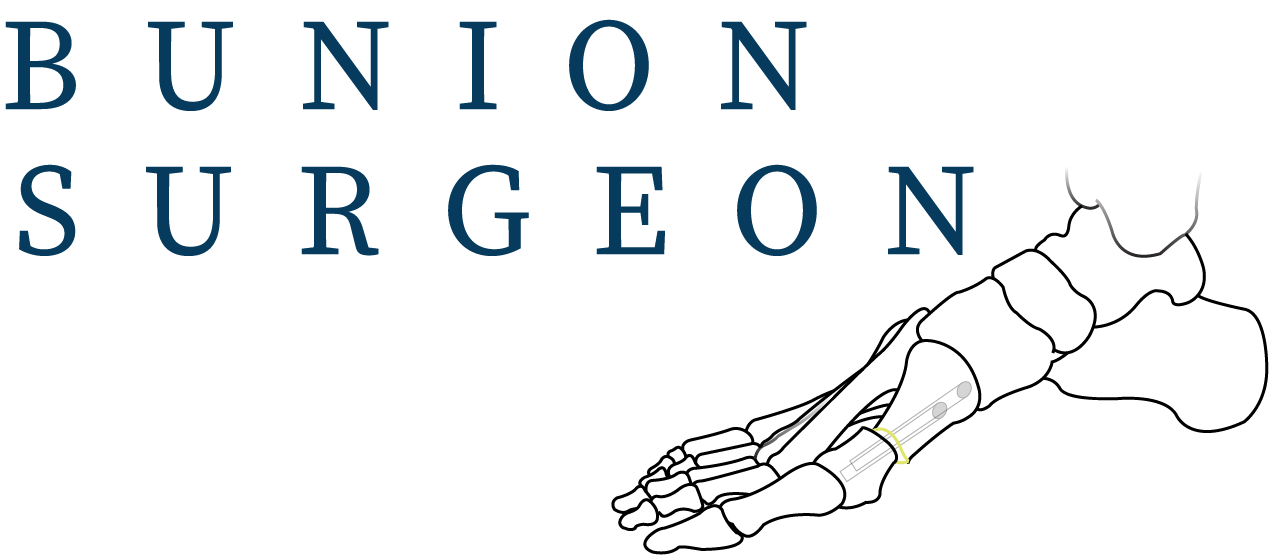

Common Information on Bunions and Bunion Surgery
Date published: 2023-10-04
Bunion surgery is one of the most common and effective ways to treat bunions, a painful foot condition that can have a severe impact on the quality of life and mobility of those affected. Bunions are most often caused by ill-fitting shoes, but can also be the result of arthritis, genetics, or other medical conditions. Regardless of the cause, bunion surgery can help to alleviate the pain and restore mobility. This blog post will discuss the causes, symptoms, and potential risks of bunion surgery, as well as the steps involved in the procedure.
What is a Bunion?
A bunion is an enlargement of the joint at the base of the big toe that can cause significant discomfort and make walking and other activities difficult or impossible. Bunions are most often caused by ill-fitting shoes, but can also be the result of arthritis, genetics, or other medical conditions. The enlargement of the joint causes the big toe to turn inwards, towards the other toes, leading to a bump on the inside of the foot.
Symptoms of a Bunion
Bunions can cause a range of symptoms, including pain, redness, and swelling around the joint. The pain may be worse when wearing shoes, and many people find that they are unable to wear certain types of shoes because of the bunion. Other symptoms include a burning or aching sensation, and difficulty moving the big toe.
Options for Treating Bunions
For mild to moderate cases, non-surgical treatments may be enough to alleviate the symptoms, such as wearing wider shoes, using orthotics, or using padding or splints. However, if these treatments are not enough to alleviate the symptoms, then surgery may be considered.
Bunion Surgery
Bunion surgery is a procedure designed to correct the deformity of the joint and alleviate the symptoms of the bunion. The surgery involves cutting and realigning the bone and soft tissue around the joint. Depending on the severity of the bunion, the surgeon may remove any excess bone or tissue, or may need to fuse the joint to stabilise the big toe.

The Procedure
The procedure typically takes place in a hospital or outpatient surgery center. It is performed under general anaesthesia, sedation or local anesthesia, depending on the severity of the bunion. During the procedure, the surgeon makes an incision in the skin over the bunion and removes any excess bone or tissue. The joint is then reshaped and realigned, and the incision may be closed with sutures.
Find out more on the scarf and akin osteotomy and minimally invasive bunion correction
Recovery from Bunion Surgery
Recovery from bunion surgery typically takes six to eight weeks, but this can vary depending on the severity of the bunion and the type of procedure performed. During recovery, the patient may need to wear a cast or splint to keep the toe in the correct position and may need to use crutches to keep weight off the foot. Physical therapy may also be recommended to help with recovery.
Before and After Bunion Surgery Images


Risks of Bunion Surgery
Like any surgical procedure, there are potential risks associated with bunion surgery, such as infection, nerve damage, and blood clots. The risk of complications is usually quite low, but it is important to discuss the potential risks with your specialist before undergoing the procedure. Bunion surgery can be an effective way to alleviate the symptoms of bunions and restore mobility. The procedure is typically safe and effective, but there are potential risks associated with it. It is important to discuss the risks and benefits of the procedure with your doctor before undergoing surgery. With proper care and rehabilitation, you can expect to experience relief from your bunion symptoms and improved mobility.
If you would like more information, or would like to schedule a consultation, contact our team on:
Tel: 0207 820 8007 | Email: admin@bunionsurgeon.co.uk | Address: 17 Harley Street, London, W1G 9QH
Alternatively you can view availability and book online